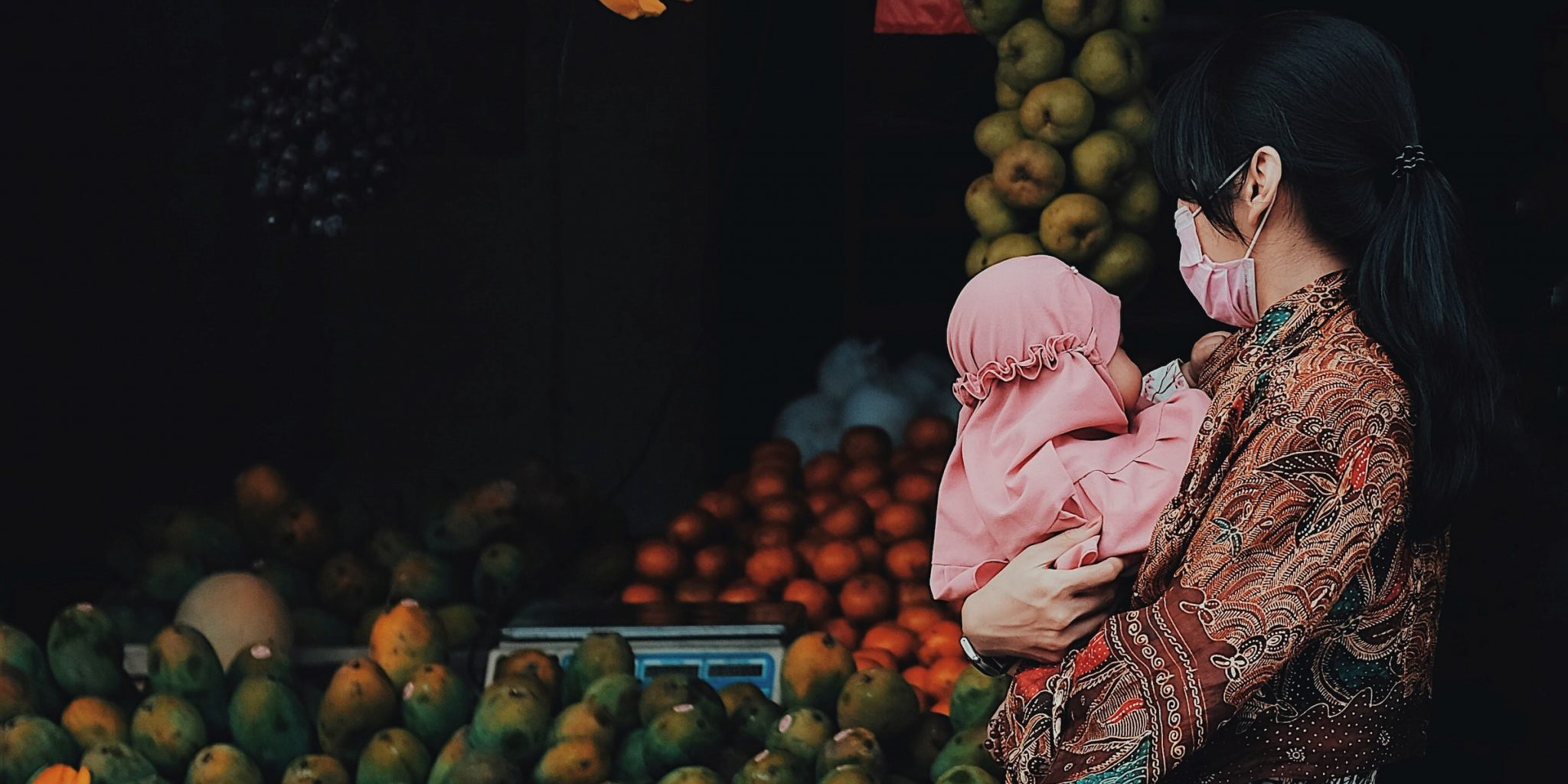Knowledge Hub
Investing in Women’s Knowledge Hub is a repository of quality resources, accessible to all users, that can inform effective approaches to women’s economic empowerment.
Area of Work
Resource Format
Country
Sort by:

Jul112023
Fact Sheet
This factsheet provides an overview of impact investing and gender-lens investing (GLI) trends in Southeast Asia based on updated data from 2020 to 2022. The information is based on studies commissioned by Investing in Women (IW) that have been analyzing the impact investing landscape in the region since 2007. The data includes investments made by Private Impact Investors (PIIs) such as fund managers, family offices, and foundations, as well as Development Finance Institutions (DFIs) that are government-backed financial institutions supporting development-focused investments.

Jul112023
Fact Sheet
This factsheet provides an overview of gender-lens investing (GLI) trends in Southeast Asia, focusing on data from 2020 to 2022. It draws on studies commissioned by Investing in Women (IW) to analyze the impact investing landscape in the region since 2007. The data includes investments by Private Impact Investors (PIIs) and Development Finance Institutions (DFIs), with a focus on promoting gender equity and addressing gender issues

Jul112023
Fact Sheet
Investing in Women (IW) collaborates with impact investing partners (IIPs) to improve access to finance for women-owned and -led small and medium-sized enterprises (SMEs) in Southeast Asia and promote inclusive investing globally. This research examines the experiences of eight IIPs in integrating gender into their investment strategies and supporting women’s SMEs.

Jul112023
Fact Sheet
This factsheet summarizes the trends in impact investing and gender-lens investing (GLI) in Indonesia from 2020 to 2022. Indonesia is the most active impact investing market in Southeast Asia, with USD 1.44 billion invested through 131 deals. The majority of investments were in the range of USD 1 million to 5 million, led by Private Impact Investors (PIIs). Financial services and clean energy were the primary sectors of focus. There were 45 investments with a gender lens, primarily in financial services and ICT. Gender ownership was a common investment strategy. Equity-based deals dominated, and debt investments were concentrated in sectors like financial services, energy, agriculture, and food.

Jul112023
Fact Sheet
The factsheet provides an overview of impact investing and gender-lens investing (GLI) trends in the Philippines from 2020 to 2022. The Philippines is the second-largest impact investing market in Southeast Asia by the number of deals. However, it ranks fifth in terms of capital deployed. GLI deals focused on financial services and ICT, with smaller ticket sizes attracting new GLI investors. DFIs led larger investments, while PIIs made more deals. The prominent sectors were financial services, ICT, agriculture, and services. Capital flows from PIIs declined, while DFIs increased. Debt deals were more common, particularly in agriculture and financial services, while equity deals focused on ICT and financial services.

Jul112023
Fact Sheet
This factsheet provides an overview of impact investing and gender-lens investing (GLI) trends in Vietnam from 2020 to 2022. Vietnam experienced significant growth in impact investments, becoming the largest market in the region. DFIs increased their investments in Vietnam, with a focus on larger deals above USD 5 million. GLI deals were prominent in financial services, agriculture, energy, and manufacturing. The average size of DFI-led GLI deals was USD 45.02 million, while PII-led deals averaged USD 0.77 million. Financial services and energy were the leading sectors in terms of capital deployment. DFIs outnumbered PIIs in impact deals, with significantly more capital deployed. Debt deals were more common, particularly in financial services, agriculture, and manufacturing sectors. Equity investments focused on ICT, financial services, and transportation sectors but remained limited overall.





